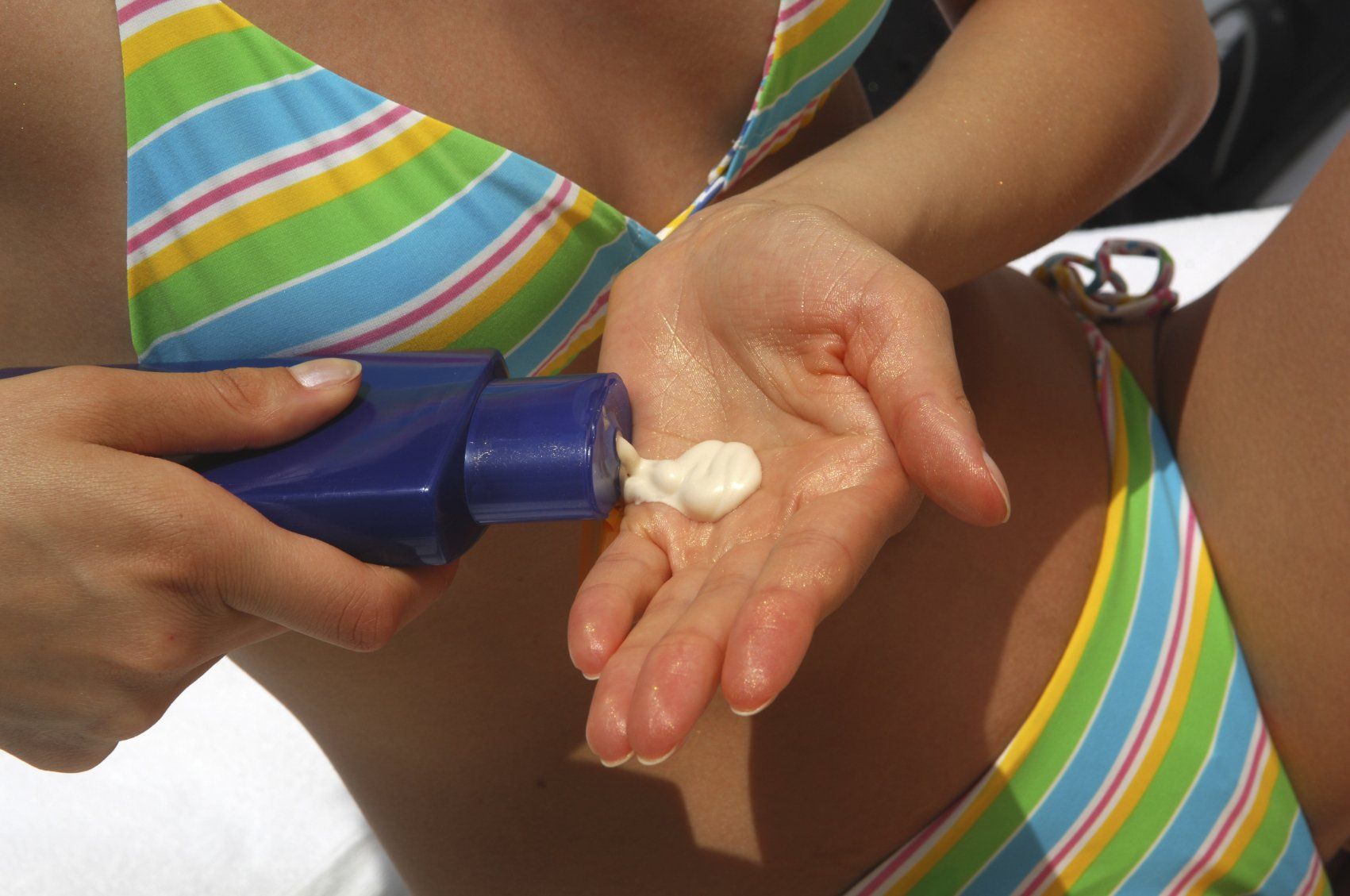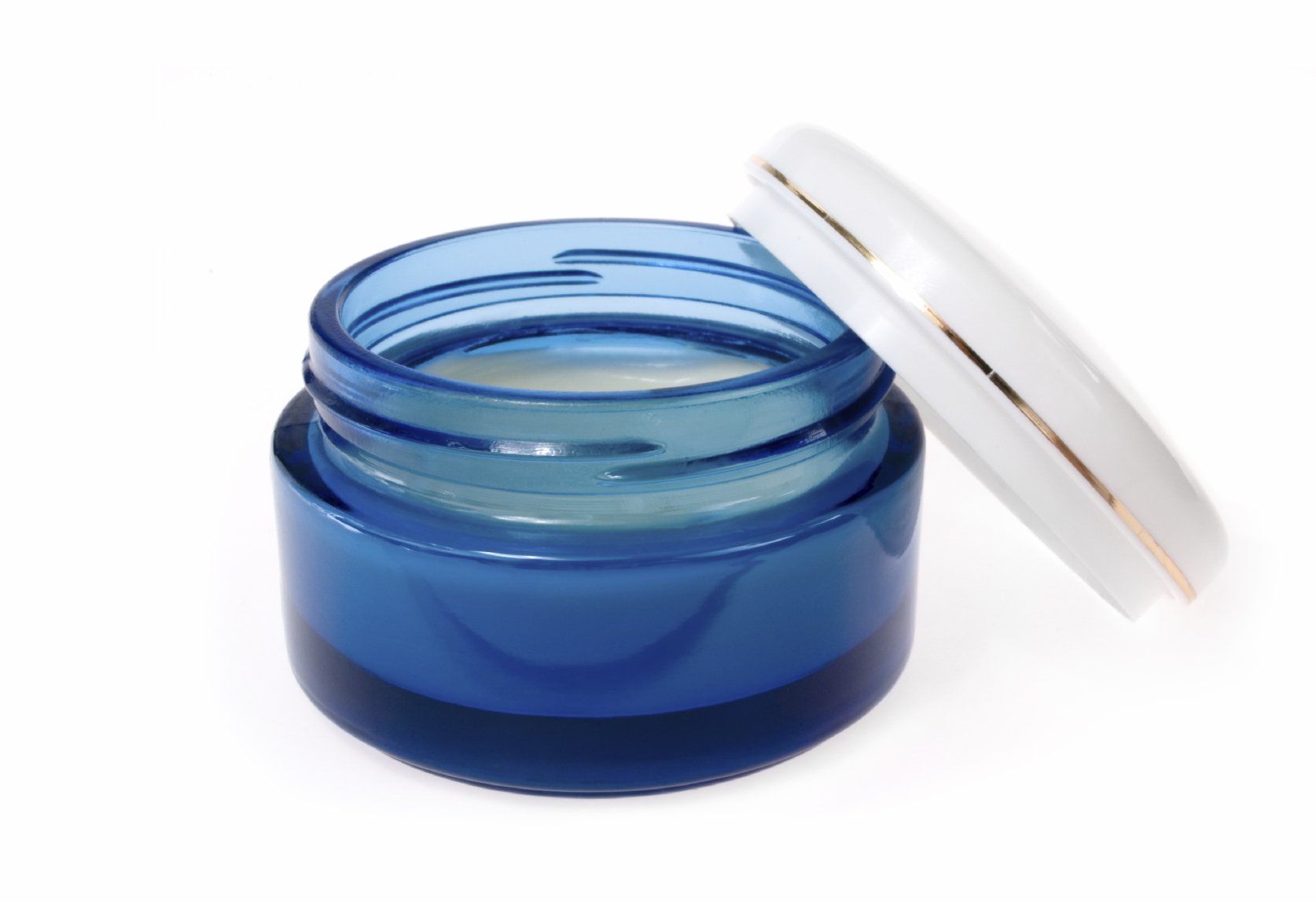Are common Myths about Dermal Fillers getting in your way? 8 things you need to know.
Myth & Facts about Dermal Fillers
.Like it or not, we are all ageing. Every single day
Our skin cells slow down so that, over time, they lose the ability to produce collagen and elastin, those all-important substances for a youthful glow. At the same time, the deeper support structures of the face change causing us to lose volume in some areas of the face and increase in other areas. This can lead us to look more tired and aged than we did before.
Dermal fillers can offer a real solution to facial ageing by boosting hydration of the skin and restoring the volume and contour of the facial features.
However, with advancements in dermal fillers and techniques, come a minefield of myths and untruths to navigate. So, let’s unpick some of those common myths surrounding these procedures and uncover the truth.
Myth # 1
Fillers are full of nasty chemicals
This is a big myth indeed. It is very important to understand that dermal fillers are not substances that are foreign to us. They are, in fact, made of a naturally-occurring sugar molecule that is present in abundance in our own bodies,
hyaluronic acid. A highly refined laboratory process converts the hyaluronic acid into stabilised, sterile gel that is compatible with our own skin and safe to introduce into the body.
As we age, our bodies produce less and less hyaluronic acid naturally, leaving our skin depleted and lacking in volume.
The hyaluronic acid in dermal fillers acts like a water-holding sponge and can not only restore youthful hydration and volume to the skin but can also help the tissues produce more collagen –
the good stuff that gives our tissues support and structure.
Myth # 2
Dermal Fillers will make my face look puffy and unnatural
We’ve all seen it – horror stories of filler treatments gone wrong. The truth is, that when used properly by a qualified and experienced practitioner, dermal fillers work to enhance and accentuate the natural curves and planes of your face. The result should be harmonious, natural and blend seamlessly with your facial features.
Achieving natural and beautiful results with dermal filler is both a science and an art. Fillers can be used to lift and sculpt the features, correct asymmetries, wrinkles, scars, and folds and provide subtle rejuvenation.
An expert clinician will have an in-depth knowledge of the anatomy of the face, the ageing process and of the products they are using. They should spend time with you, giving an in-depth consultation, advice and options for treatment and allow you time to consider. Do your research and choose your clinician carefully and there will be no trout pouts or chipmunk cheeks – just enhancements that fit perfectly and undetectably with your own face.
Myth # 3
Filler injections are painful and bruising afterwards is inevitable.
It really is all in the skill of the injector.
Of course, there can be a little discomfort with any injectable treatment, but the good news is that many dermal fillers are formulated to contain local anaesthetic which means that, realistically, any pain is minimised and short-lived. A good, experienced clinician should have a gentle, unrushed technique and be able to offer you numbing cream or injections if you need it.
Whilst there is always a risk of a small bruise or some swelling after a filler procedure, using gentle techniques, minimising trauma by using cannulas instead of multiple injections, and following aftercare advice, all go a very long way to eliminating any downtime.
A little extra care by your practitioner really does make all the difference here. Our advice would be to avoid quick ‘lunchtime’ procedures or ’15 minute lips’ and make sure your practitioner really cares about your comfort and wellbeing.
Myth # 4
I’m too old or too young for fillers
The fact is, there is no right or wrong age for dermal fillers. There are many types of fillers with varying thicknesses and characteristics. Different products are designed to mimic the different tissue layers of the face and intended for use in specific areas and to solve particular problems.
A young person may benefit from an enhancement for a single feature such as the lips or improvement of a chin or jawline, whilst an older person may be looking to restore the lost volume in the cheeks or treat lines around the mouth.
The most important aspect of treatment is that the practitioner is experienced and can assess the face correctly, chose the appropriate fillers and place it in the right way to give you most natural and harmonious results.
Myth # 5
Dermal fillers are only for women
Though dermal fillers have long been popular for smoothing out wrinkled skin, adding volume and providing symmetry for women, this is most certainly not a ‘ladies only’ treatment.
In fact, the number of men seeking dermal fillers has grown significantly in recent years.
For example, dermal fillers can be used very successfully in the male face to sculpt a sharper, more defined jawline and for reducing dark under eye circles and tear troughs. Improvements to the profile such as balancing chins and noses can be particularly effective and confidence-boosting for both men and women.
Myth # 6
Fillers are all the same, it’s worth shopping around for the cheapest price.
There are literally hundreds of dermal fillers on the market. The high-quality brands are FDA-approved, CE marked and have a clear safety-data record for use in the face. Other, more dubious brands will not have these credentials and often they are the much cheaper brands available to buy from non-approved sources.
Like everything else, with dermal fillers, you do get what you pay for. Your practitioner should always advise you of the brand of product they will be using to treat you and you should be able to see the unopened packaging and product label.
Beware of ‘bargain’ filler treatments. Inevitably this means that corners have been cut somewhere along the line, usually in the quality of the products used or in the time and care given to you as the patient.
Myth # 7
Once I start having dermal fillers, I won’t be able to stop. I’ll just need more and more.
This is a strange myth indeed and one we hear quite often!
It is true that to maintain the results from a dermal filler, the treatment does need to be repeated from time to time but the frequency is not as often as most people think.
It may be that, for best results, a few treatments in different areas may be required to begin with, but after this, small enhancements every now and then are usually all that is required for ‘maintenance’.
If you choose not to have successive treatments, then your face and skin will simply continue to age in the way it normally would and there will be no dire consequences if you decide not to have filler again.
Myth # 8
Anyone can do filler injections; you don’t need to be medically trained.
Unfortunately this one is not a myth! Be warned. Dermal filler treatments in the UK are not regulated in the same way as other medical and surgical treatments are. It is frightening to think that this means that just about anyone can buy products marketed as fillers and inject them into faces without proper training, insurance or even knowledge of what could go wrong or how to deal with a complication.
Many of the ‘horror-stories’ recounted in the press of badly performed or unsafe dermal filler procedures turn out to have been carried out by untrained, non-medical professionals, sadly sometimes with disastrous consequences for the patients.
Of course, this certainly does not mean that you should allow just anyone inject dermal fillers into your face. In the right, professional hands, these are fantastically confidence-building, safe procedures. So, don’t be caught out. Do your own homework on your clinician before deciding to have treatment. That way you can be sure of having a safe treatment with natural results and predictable outcome.
If you are unsure about who to choose, a good place to start is by looking on the SaveFace register of accredited practitioners. This is a resister of properly qualified medical professionals who have been inspected and who meet strict industry standards in providing Aesthetic treatments safely and appropriately.. (link to SaveFace register)













